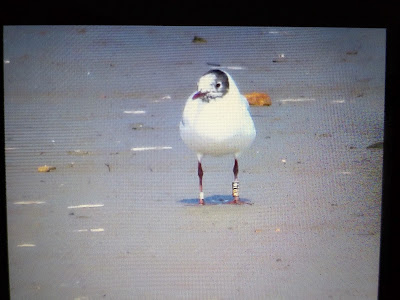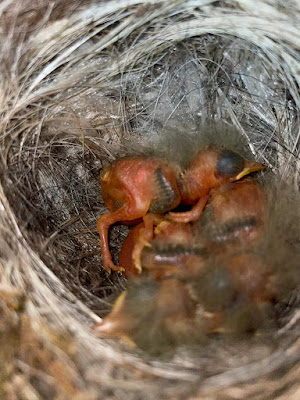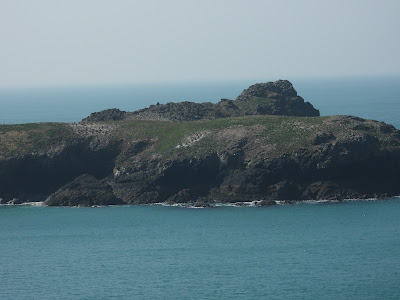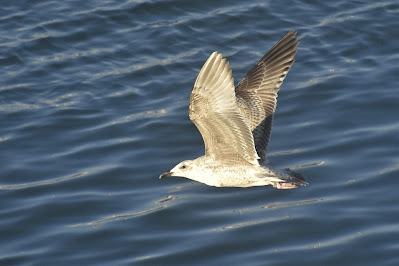Over the long bank holiday weekend we had a chance to make our first visits to Barn Owl nestboxes across part of our patch. It was a long slog, with plenty of sites covered and overall it seems to be an early season with several broods of good-sized chicks and even some not too far off ringing age. But of more interest were some of the 28 adults caught over the weekend (just eight were new, unringed birds), which had some surprising histories.
Overall, there were plenty of short movements, which is what we'd expect from dispersing juveniles, but you can see from the map below that these birds generally don't go too far. The longest movement of the weekend was a bird ringed as a chick in 2023 near Probus and now residing in a new box put up at the National Trust offices on the Roseland!
The strangest happenings were saved for the Lizard though. On the expected end of the spectrum was the new pairing at one site, with both of the pair ringed locally as chicks, in 2022 and 2023. In the middle of the spectrum was a breeding female ringed near the Helford river in 2020, then recaught breeding down near Goonhilly Downs in 2022, was then back up near the Helford to breed in 2023, and now breeding in another box near Goonhilly Downs again this year (below), so four sites in five years!
We couldn't have a Barn Owl post without a photo of a Barn Owl, so here's a few of the various stages we found, including just some of the largest larder we've probably ever seen.

.png)
.png)








































